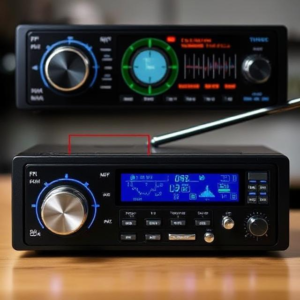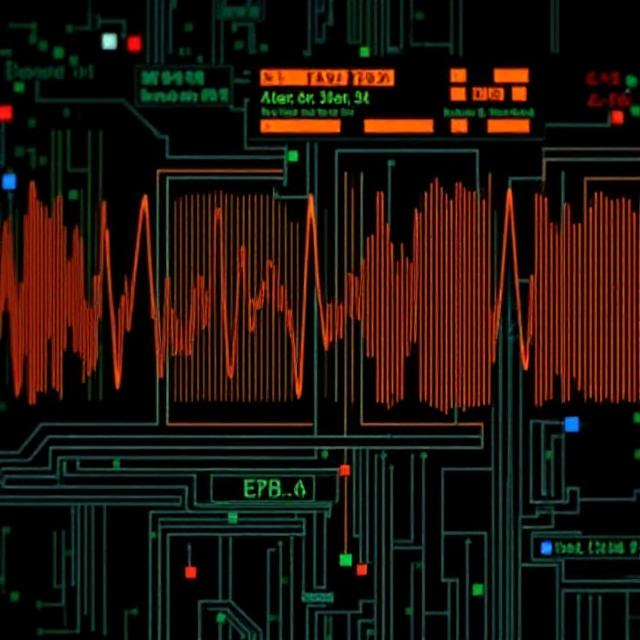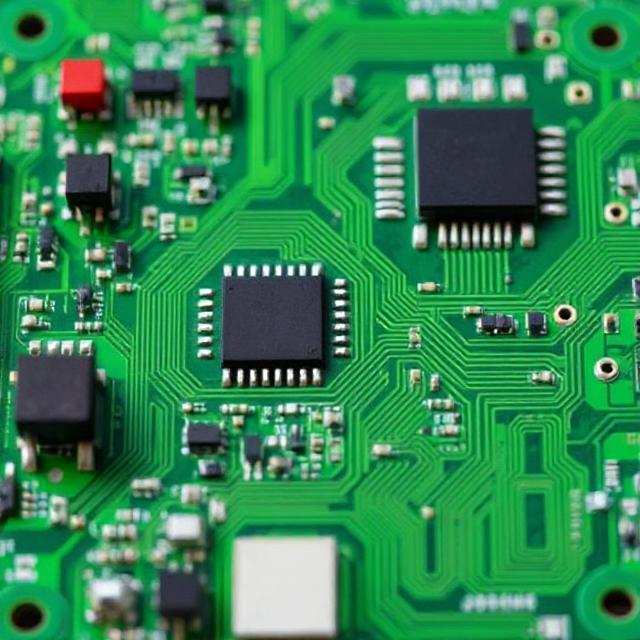Signal filtering is a technique used to remove unwanted parts of a signal or enhance the desired part. It’s commonly used in electronics, communications, and signal processing to make signals clearer and more useful.
Think of it like tuning a radio. You only want to hear a particular station (desired signal), but there might be interference or noise (unwanted signals) that you don’t want to hear. Signal filtering helps with this by allowing certain signals to pass through while blocking others.

1. What is a Signal?
A signal is just a way of transmitting information. It can be anything from:
- A sound wave (like music or voice)
- An electrical voltage (in electronic devices)
- A radio wave (for wireless communication)
Signals can contain both wanted parts (useful information) and unwanted parts (noise or interference). Signal filtering helps separate these parts to keep only the useful information.
2. What is Signal Filtering?
Signal filtering is a process that removes or reduces unwanted parts of a signal. This is done using a device or circuit called a filter. Filters allow certain frequencies (or types of signals) to pass through while blocking others.
There are several types of filters, each with different uses. The most common ones are:
- Low-pass filters
- High-pass filters
- Band-pass filters
- Band-stop filters
Let’s explain each one:
3. Types of Signal Filters
1. Low-Pass Filter (LPF)
- What it does: A low-pass filter allows low-frequency signals to pass through but blocks high-frequency signals.
- When to use it: It’s used when you want to remove high-frequency noise from a signal (like filtering out electrical “buzz” or radio interference).
- Example: If you have a sound signal with both music (low frequencies) and high-pitched hiss (high frequencies), a low-pass filter would allow the music to pass through while blocking the hiss.
How it works:
- Think of a low-pass filter like a gate. If the signal frequency is low (like a slow wave), it gets through. But if the frequency is high (like a fast wave), the gate blocks it.
2. High-Pass Filter (HPF)
- What it does: A high-pass filter allows high-frequency signals to pass through but blocks low-frequency signals.
- When to use it: It’s useful when you want to remove low-frequency noise, such as hum or rumble from electrical devices or the environment.
- Example: If you have a microphone picking up speech (higher frequencies) but also picking up a low hum (low frequency), a high-pass filter can remove the hum, allowing the speech to pass through.
How it works:
- A high-pass filter works like a barrier that lets only fast-moving waves (high-frequency signals) through, while blocking slow-moving waves (low-frequency signals).
3. Band-Pass Filter (BPF)
- What it does: A band-pass filter allows only a specific range of frequencies to pass through, blocking both lower and higher frequencies.
- When to use it: It’s used when you need to isolate a certain frequency range from a signal, like tuning a radio to a particular station.
- Example: A radio receiver uses a band-pass filter to isolate one frequency band (the station you want to listen to) while blocking other frequencies (other stations or noise).
How it works:
- Imagine a band-pass filter as a tunnel with a narrow opening in the middle. Only signals within a specific frequency range can pass through the tunnel, while signals outside that range are blocked.
4. Band-Stop Filter (BSF)
- What it does: A band-stop filter blocks a specific range of frequencies and allows all others to pass through.
- When to use it: It’s used to eliminate unwanted frequencies, like interference from a particular source, while letting all other frequencies pass.
- Example: If you have a device with a specific frequency interference (like a 50 Hz power line noise), a band-stop filter can block that noise while allowing other signals to pass.
How it works:
- A band-stop filter works like a barricade that blocks a specific range of signals (like a noise frequency) while letting all other signals pass freely.
4. How Signal Filters Are Used
Filters are widely used in many areas of technology, such as:
- Audio Systems: In audio equipment, low-pass filters remove high-frequency noise, while high-pass filters remove low-frequency hum.
- Communications: In radio and television broadcasting, filters are used to tune into a specific station or channel by allowing only certain frequencies to pass.
- Image Processing: In digital image processing, filters can enhance images by removing noise (like blurry spots) and improving clarity.
- Signal Processing: In general electronics and instrumentation, filters help to clean up signals and improve the accuracy of measurements.
5. How Do Filters Work?
Filters work by using components like resistors, capacitors, and inductors to change the flow of electrical signals. The components interact with the signals based on their frequencies, either allowing or blocking them.
- Resistors: Control the flow of current and are often used in combination with capacitors and inductors.
- Capacitors: Store electrical energy and block low-frequency signals while allowing high-frequency signals to pass.
- Inductors: Store energy in a magnetic field and block high-frequency signals while allowing low-frequency signals to pass.
These components can be arranged in different ways to create low-pass, high-pass, band-pass, and band-stop filters.
6. Analog vs. Digital Filters
There are two main types of filters:
- Analog Filters: These are physical circuits made with components like resistors, capacitors, and inductors. They filter signals in real-time as they pass through the circuit.
- Example: An audio amplifier with a low-pass filter that removes high-frequency noise from the sound signal.
- Digital Filters: These are used in digital systems (like computers and digital signal processors). They process signals in the digital domain, often by using algorithms to remove unwanted frequencies from a digital signal.
- Example: A smartphone app that removes background noise from a voice recording by using a digital band-pass filter.
7. Advantages of Signal Filtering
- Noise Reduction: Filters help reduce unwanted noise and interference in signals, improving the clarity and quality of the signal.
- Signal Clarity: By isolating specific frequency ranges, filters enhance the desired parts of the signal, making it more useful for further processing or analysis.
- Better Communication: Filters allow communication systems (like radios or phones) to transmit only the necessary frequencies, reducing static and interference from other signals.
Recap: Key Types of Signal Filters
- Low-pass filter: Allows low frequencies to pass, blocks high frequencies.
- High-pass filter: Allows high frequencies to pass, blocks low frequencies.
- Band-pass filter: Allows a specific range of frequencies to pass, blocks others.
- Band-stop filter: Blocks a specific range of frequencies, lets others pass.
Filters are used everywhere to clean up signals, improve quality, and ensure that devices work properly. Whether it’s removing noise from audio, isolating a radio station, or improving an image, signal filtering helps make sure you’re getting the best possible signal for your application.











